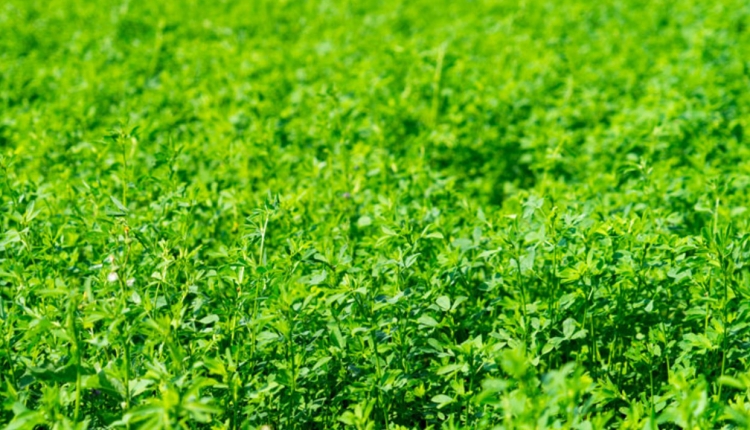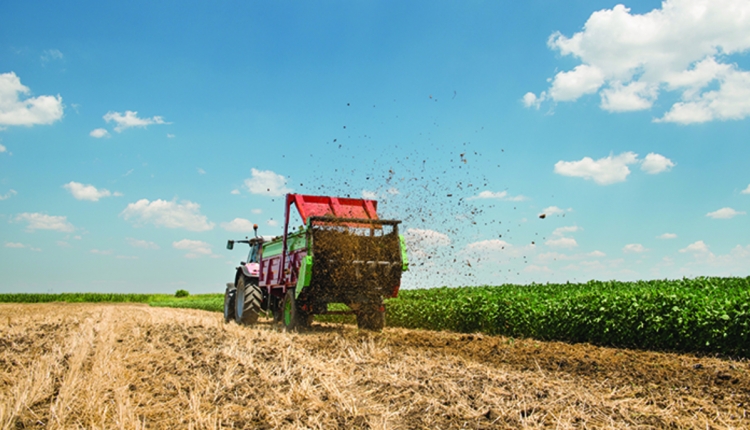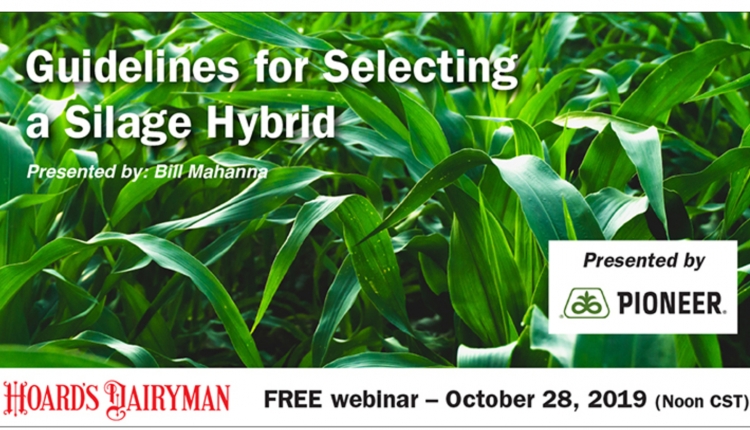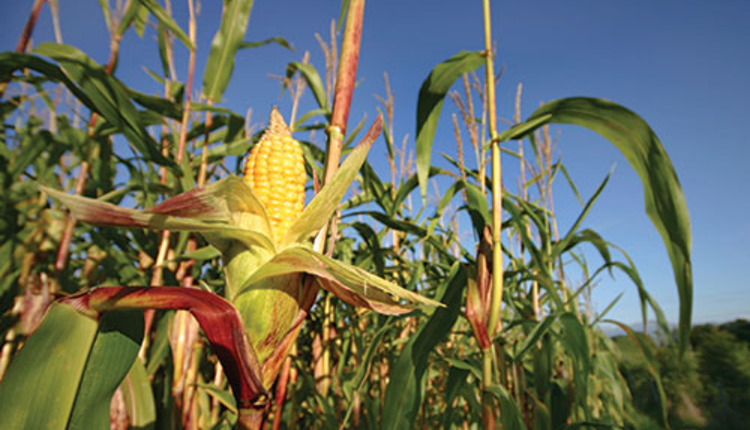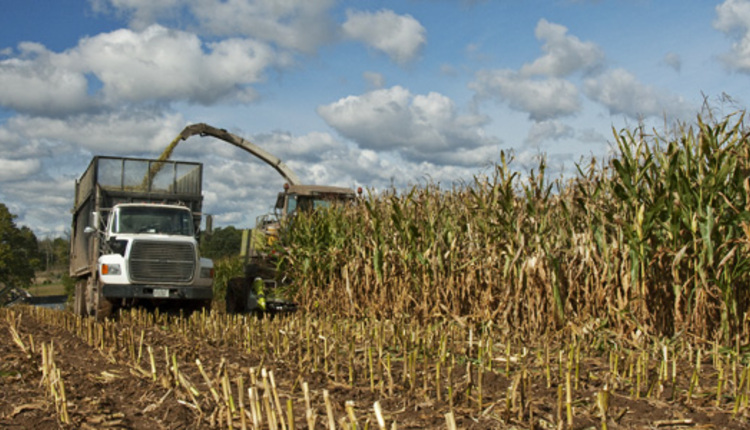Mahanna is with Pioneer, a DuPont Business, and is an adjunct professor at Iowa State University; Thomas is retired from the William H. Miner Agricultural Research Institute and president of Oak Point Agronomics Ltd.
Now that the harvest season is nearly complete, mailboxes and computer inboxes will be filled with seed catalogs and silage plot results. We thought it might be helpful to offer a silage plot report primer to help sort through all the data. For dairy producers, focus on the important traits:
• yield (adjusted to a common dry matter)
• starch content
• fiber digestibility
Tonnage is primarily a function of plant density, plant height, and starch content. Starch drives the majority of the energy concentration in silage and, given the current cost of grain, must factor heavily in hybrid decisions.
Meanwhile, fiber digestibility, as measured by neutral detergent fiber digestibility (NDFD), tends to be the measurement of most interest, especially among nutritionists. However, as we pointed out in our September 10 column on page 565, while small NDFD differences do exist among conventional silage hybrids, the biggest driver is the plant's growing environment during vegetative growth. Also, when evaluating NDFD, be sure you note the incubation time point (24, 30, or 48 hours) when comparing absolute values across different plot reports.
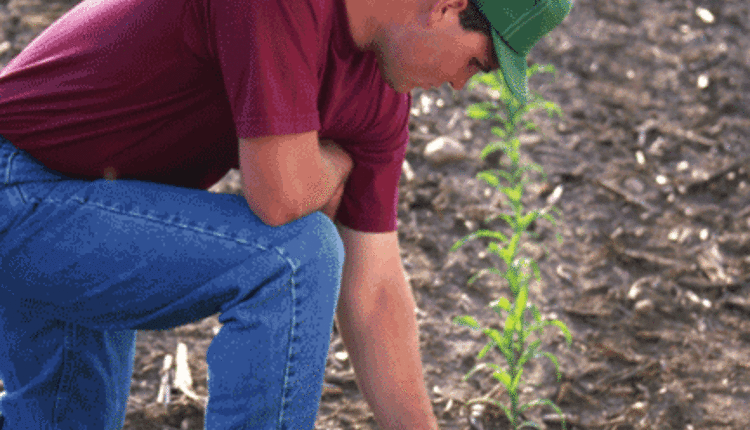
Secure as much information as possible on silage hybrids.
Seed companies serious about corn silage will be able to provide absolute values for important silage traits.
Click here to return to the Crops & Forages E-Sources
1111_735
Now that the harvest season is nearly complete, mailboxes and computer inboxes will be filled with seed catalogs and silage plot results. We thought it might be helpful to offer a silage plot report primer to help sort through all the data. For dairy producers, focus on the important traits:
• yield (adjusted to a common dry matter)
• starch content
• fiber digestibility
Tonnage is primarily a function of plant density, plant height, and starch content. Starch drives the majority of the energy concentration in silage and, given the current cost of grain, must factor heavily in hybrid decisions.
Meanwhile, fiber digestibility, as measured by neutral detergent fiber digestibility (NDFD), tends to be the measurement of most interest, especially among nutritionists. However, as we pointed out in our September 10 column on page 565, while small NDFD differences do exist among conventional silage hybrids, the biggest driver is the plant's growing environment during vegetative growth. Also, when evaluating NDFD, be sure you note the incubation time point (24, 30, or 48 hours) when comparing absolute values across different plot reports.

Secure as much information as possible on silage hybrids.
Seed companies serious about corn silage will be able to provide absolute values for important silage traits.
Some growers also like to evaluate milk per ton and milk per acre values. These are calculated index values developed by the University of Wisconsin. Similar issues apply to reports which contain energy estimates such as Net Energy of Lactation (NE-L). While they can be useful in ranking hybrids, it still makes sense to look individually at the "big three" traits that most influence these index values. Sharing the relative importance of the "big three" with seed representatives can help them better sort through their lineup to suggest a suitable hybrid rather than selecting a hybrid based off an index value.
Less important traits
Traits like crude protein and oil content are less instructive simply because there are minimal genetic differences among commercial hybrids. Sugar also is another trait found on some plot reports. Difference in sugar is primarily due to maturity differences between hybrid entries. Sugar is translocated and deposited in the kernel as the plant matures, and those hybrids higher in sugar are typically more immature as evidenced by higher moistures and lower starch content.
Fiber values such as the quantity of ADF and NDF are important in ration formulation. However, their importance in evaluating hybrids in a silage plot is minimal because their values are simply an indication of dilution by starch and sugar.
Some nutritionists have also been requesting starch digestibility values on silage plot reports. We know of no university or seed company plot programs which currently provides these values. This is understandable given the fact that starch digestibility, as influenced by the amount of hard or vitreous starch in the kernel, is a trait also lacking in significant variation among commercially available hybrids. This especially holds true when harvested at typical corn silage kernel maturities. Furthermore, the amount of time silage kernels are exposed to the fermentation environment also changes starch digestibility values. While starch digestibility is an important measurement for nutritionists switching from long-stored corn silage to new-crop silage, it is not a trait that should be given much consideration when selecting which silage genetics to plant.
Ask for adequate data
Research by corn breeders suggest that to be 95 percent confident in selecting the best hybrid for silage yield or nutritional traits, a minimum of 20 direct, side-by-side comparisons (in the same plot) are recommended. Hybrids also should be compared within the same maturity, seed treatments, technology segment, planting population, and chop height. It is also desirable to compare hybrids in multiple environments and growing seasons to have a better understanding of how the hybrid will perform if exposed to extremes in growing conditions.
Data from a single plot, while certainly of interest to growers wanting to know how a hybrid may perform on their farm, is almost meaningless from a statistical perspective due to the variability that can be caused by factors such as soil compaction, previous crop history, fertility/manure history, soil type, water availability, tillage, and insect damage.
This is no different than the risk of evaluating a bull by the performance of one daughter milking in your herd. To overcome this tendency of a "one-year wonder," some of the university silage programs also show multiple-year data if the same hybrid was entered in their plots more than one year.
Most university silage plot programs also offer statistical parameters to help evaluate the robustness of the comparison data. Typically, this is in the form of an average (mean) value for the trait and a least significant difference (LSD) which is used to determine if the hybrids are statistically (rather than just numerically) different. If the difference between the two hybrid values are equal to or greater than the LSD value (at the 10 percent level), then you can be sure that 90 percent of the time the hybrids are statistically different for that particular trait.
It is best to secure as much information as possible on the performance of a silage hybrid. Do not be satisfied with catalog scores, ranging from 1 to 9, for example. Seed companies serious about silage will be able to provide absolute values for important silage traits compared against their own hybrids, as well as competitors. Finally, be cautious about putting too much credence in "beauty pageant" forage contests where yield is not measured and there is no way to ensure harvest consistency for factors such as chop height.
1111_735









